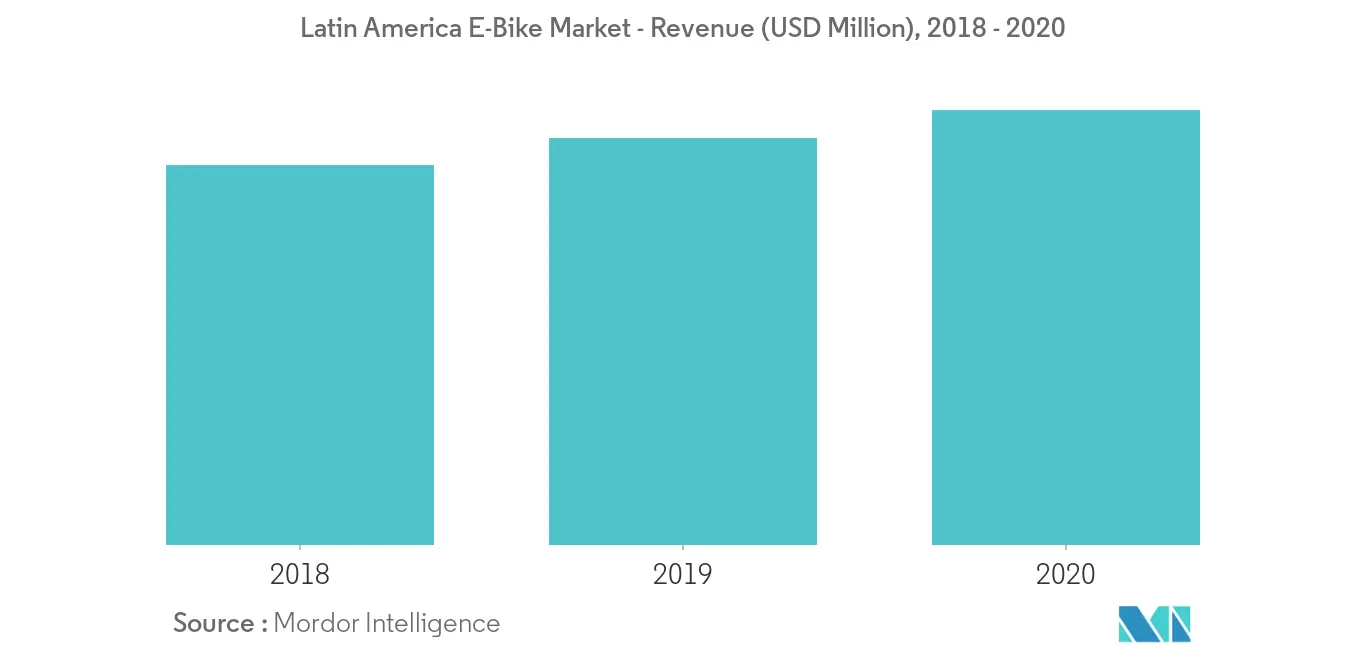Market Trends of Latin America E-Bike Industry
This section covers the major market trends shaping the Latin America E-Bike Market according to our research experts:
E-Bike Sharing will Provide the boost in the market
The idea of bike leasing is becoming increasingly popular in Latin America. Also, various local startups and companies from other countries are expanding their market presence in Latin America.For instance,
Yellow offers both conventional and e bike-sharing options through its platform, as its conventional bikes operate 24 hours, the e-bikes operate for limited hours of 8 am to 9 pm due to maintenance, recharging, and cleaning.
Whereas in 2018, A Brazilian company named EDG Advanced Mechatronics launched a new EDG Niobium e-Bike, the battery technology in the bicycle provides it a 100 kilometers range, and for1 hour charge it is capable of providing 25 km of range. In addition to that, the e-Bike has regenerative braking by which its braking energy returns to the battery.

COVID-19 will halt the Growth of the Latin America E-Bike Market
Latin America has become the new epicenter of coronavirus and passed Europe and the United States in daily infections. Even though many countries in the region have taken tough measures of mitigating the spread of viruses such as border closures, school closings, and other social distancing measures. Due to that, the region faced disruption in supply chains, the decline in commodity prices, and the reduction in tourism.
But the local governments in the cities such as Bogota, Lima, Quito, and Buenos Aires have promoted cycling by expanded bike lanes, closing roads for cars, in an effort to reduce crowding on public transport to curb the spread of COVID-19.
Bogota which already had a 550-kilometer network of bicycle lanes added 80 km of temporary bike lanes, which are set to become permanent. Similarly, the Lima government has announced to add 300 km of temporary bike lanes in the city.
Whereas in March 2020, medical workers in Bogota received electric bicycles from MUVO to complete their mobility needs so that they can provide life-saving services. The company also gets the support from city government, local non-governmental organization, and NUMO, the New Urban Mobility alliance for funding operations, and logistical support.


